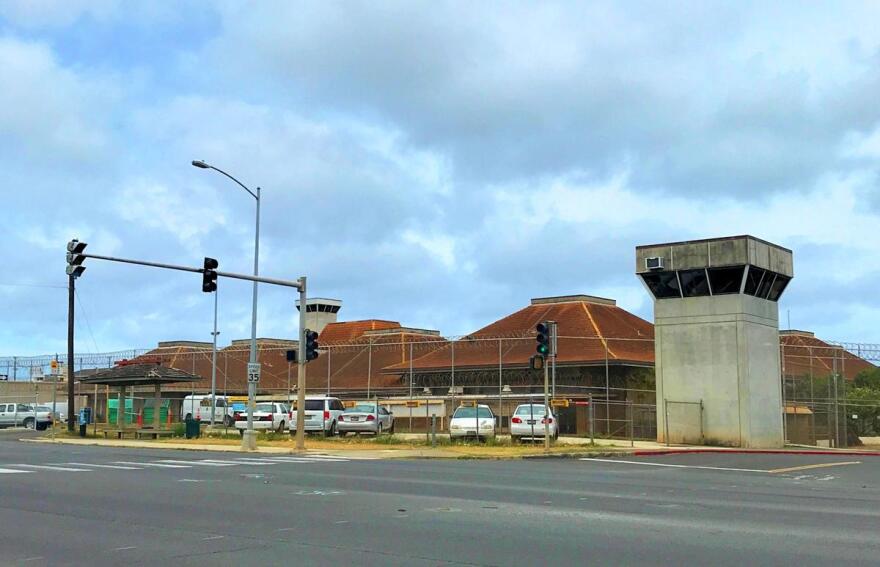As the state Department of Corrections and Rehabilitation continues to consider how to replace the overcrowded and deteriorated Oʻahu Community Correctional Center, the Correctional System Oversight Commission is considering alternatives to a new, bigger jail.
The state budget allocated about $30 million to complete the planning of the new jail, which would cost an estimated $1 billion and add another 350 beds.
However, Emmett Sanders, policy and advocacy associate for the Prison Policy Initiative, presented options to the commission that would reduce the number of people incarcerated in OCCC.
“One key way that OCCC could reduce its incarcerated population is to address the unusually large number of people that are being held for technical violations of parole,” he said.
“The report mentioned that around 1 in 5 people at OCCC in 2025 were being held on a technical violation. That's a huge percentage, particularly in comparison to some other places that we have examined. The alternative forecast in the report assumes that around 80% of these folks could be diverted out of the jail.”
Typically, only 4% of jail populations are incarcerated for technical parole violations. A technical violation is when a person breaks a rule or condition of their probation that does not include a new crime.
Hawaiʻi has the highest average probation term in the nation at about five years. The national average is less than half that time.
“The longer people spend on probation, the more likely they are to get a technical violation,” said Prison Policy Initiative Policy and Advocacy Director Sarah Staudt.
“These longer terms of probation seem to set people up to fail, giving longer periods where people who don't pose a threat to the community are nonetheless under this extreme supervision, where a small mistake is going to cause them to end up back in custody.”
The Prison Policy Initiative said the easiest way to address the issue is through legislation that decreases mandatory probation terms.
Another issue is that the number of people in jail pre-trial continues to increase: 87% of DCR’s in-state population is pretrial.
DCR Director Tommy Johnson said one of the reasons is that 7 out of 10 requests submitted to the court for supervised release on bail are denied.
“We're prepared to monitor the person. We even increased our electronic monitoring capability to help the court have a better feeling that we could monitor the person,” he said. “But in the end, we don't have jurisdiction. It's the court that says yay or nay.”
Johnson explained that cases are sometimes taking years to go to trial, which means that there are people pretrial who have been in DCR's custody for up to three years.
Commission Chair Mark Patterson said they will work with the department and the judiciary to continue to reduce the population at OCCC.
"New jails often don’t solve problems, and we’re focusing on reduction,” he said.
“Even though as an oversight body our kuleana, our responsibility is for DCR, there's no doubt that we may have to extend our aloha and begin working with the judiciary as well as the mental health, and how better we can improve the collaboration with DCR in order to reduce the population that we need to do.”







